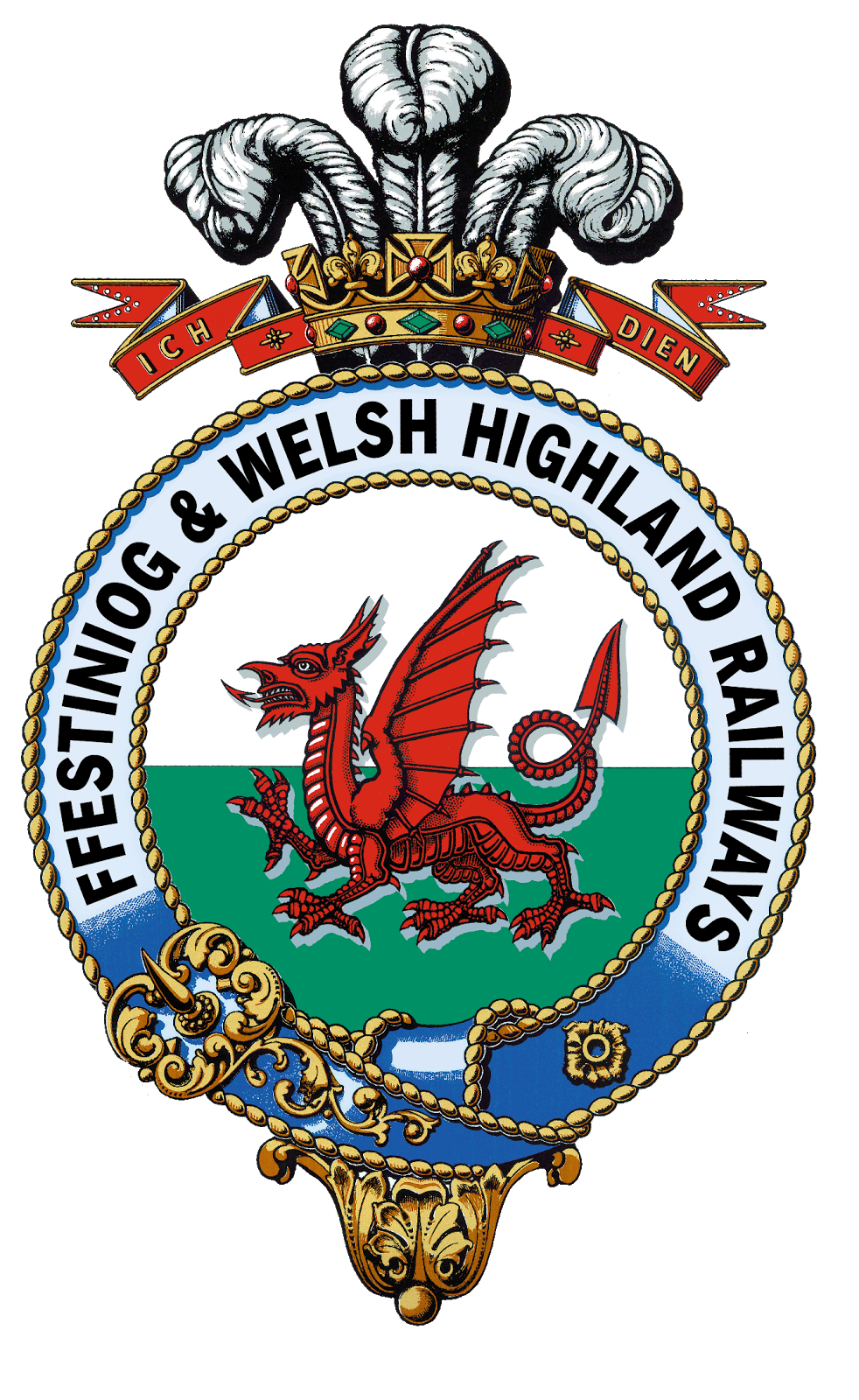This carriage has had one of the most varied careers of any item of FR rolling stock.
In the freeze-frame reality of
Dduallt it remains running as Carriage 12 even though the prototype has reverted to its original identity as Van 5.

Let's have the history lesson, then.
The vehicle was built by Brown, Marshalls as one of the second generation of bogie brake (luggage) vans. (With a conventional roof rather than the curly roofs of the first three.).
By the end of the 1920s the railway had less use for these type of vehicles and it was rebuilt at Boston Lodge with a new body, incorporating a guard's compartment and passenger accomodation in 1st and 3rd class.
It was one of the two carriages first restored for use when the railway reopened and was given the number 12.
It had another makeover in 1957 when it was refurbished and altered. The longitudinal, compartment-style seating was changed into an open saloon formation and a sales counter installed for an embryonic buffet service.
A rudimentary corridor connection fitted so it could work as a twin set with sister carriage 11, which by now had been turned into a first class observation carriage with windows installed at one end.
It was altered again in 1963 when the body was lengthened and mounted on a steel underframe.
In 1982 larger windows were provided in the centre of the carriage and it is in this condition that our model is shown, paired with its sibling, carriage 11.
In 1999 it was repainted into the green and ivory livery carried in the 1950's and early 1960's and in 2005 returned to its original identity as Van 5.
It is currently undergoing a very extensive overhaul at Boston Lodge and is set to emerge restored to how it looked when first lengthened in 1963.
This is our second model of 12. The first was kit-bashed from a GEM whitemetal kit for carriage 11 which had an extra styrene section grafted into the middle of the body, much like the real carriage did.
As you can imagine it was quite a heavy model, which is less than ideal on a layout such as
Dduallt with a severe gradient, so this replacement was scratchbuilt in styrene.
Carriage 12 ran for a couple of seasons on the WHR along with 11 as part of a secondary train set, so in due course I think I will end up making yet another model of this carriage to run on
Bron Hebog showing it in green and ivory.













































